Submitted by David Cardinal on Tue, 12/19/2017 - 13:36
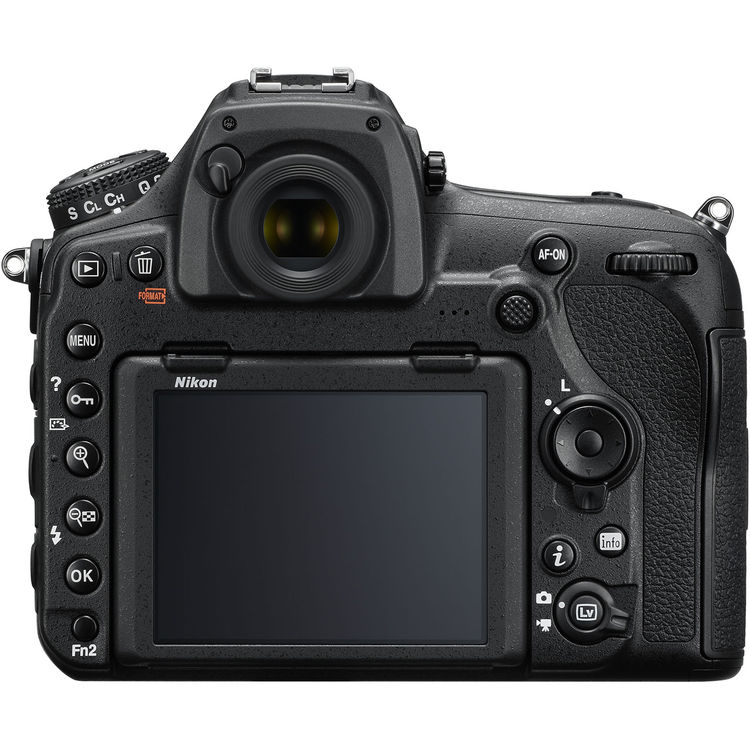 When photographers discuss the pros and cons of various format cameras, the focus is often on image quality and optics. But especially for shooting any type of action – whether it is sports, people, or ceremonial events – ergonomics can be just as important. In particular, by having a properly set up DSLR or mirrorless (I use Nikon models like my and , but you can do the same with Canon or Sony) I can keep these key functions literally at my finger tips:
When photographers discuss the pros and cons of various format cameras, the focus is often on image quality and optics. But especially for shooting any type of action – whether it is sports, people, or ceremonial events – ergonomics can be just as important. In particular, by having a properly set up DSLR or mirrorless (I use Nikon models like my and , but you can do the same with Canon or Sony) I can keep these key functions literally at my finger tips:
Submitted by David Cardinal on Tue, 09/26/2017 - 12:21
I’ve had a Nikon D850 for a few weeks now, and been able to use it in a variety of situations, and with a variety of lenses. For the TL;DR crowd the short answer is that it’s an amazing camera and produces great images. In my case, I’m very happy to have upgraded from my (which I sold to recover about 1/2 the cost of the D850), although that upgrade isn’t for everyone, so let’s discusses the pros and cons.
Submitted by David Cardinal on Thu, 08/24/2017 - 08:30
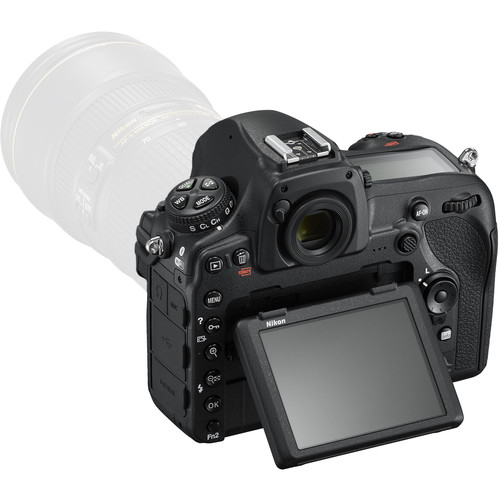 The Nikon D850 is official. It may be the very best DSLR ever built. The $3300 price tag is a really-good deal given all the features it packs, including 45+MP, 7/9 fps, 4K video, 8K timelapse, focus peaking, and lots more: .
The Nikon D850 is official. It may be the very best DSLR ever built. The $3300 price tag is a really-good deal given all the features it packs, including 45+MP, 7/9 fps, 4K video, 8K timelapse, focus peaking, and lots more: .
Submitted by David Cardinal on Wed, 04/12/2017 - 14:14
 Nikon has introduced a new model in its D7000 “prosumer” product line – the Nikon D7500. It features most of the headline features anyone could want in a sub-$1500 camera. In addition to 21MP DX-format sensor, it shoots at 8 fps, backed by an 51-point AF system, and can record 4K and time lapse video. Taking a page from consumer-friendly cameras, it has built-in Wi-Fi and Bluetooth connectivity and can be run from your smartphone. I’ve . You can’t get your hands on one until summer though, but . We look forward to reviewing one and letting you know how it works out in the field!
Nikon has introduced a new model in its D7000 “prosumer” product line – the Nikon D7500. It features most of the headline features anyone could want in a sub-$1500 camera. In addition to 21MP DX-format sensor, it shoots at 8 fps, backed by an 51-point AF system, and can record 4K and time lapse video. Taking a page from consumer-friendly cameras, it has built-in Wi-Fi and Bluetooth connectivity and can be run from your smartphone. I’ve . You can’t get your hands on one until summer though, but . We look forward to reviewing one and letting you know how it works out in the field!
Submitted by David Cardinal on Thu, 08/25/2016 - 10:30
 In a major upgrade to its “mid-size” pro DSLR, Canon has pushed DSLR performance further with its new . The 30.4MP full-frame camera can shoot at 7 fps for up to 21 frames in RAW, and an unlimited number when recording JPEG. 61 AF points should give it excellent Autofocus performance. The addition of 4K video @ 30 fps (up to 30 minute clips) is also a nice, modernizing, feature. Startup time is an impressive .1 seconds, with a 58 millisecond shutter lag. At 1.76 pounds, it fits squarely into the “mid-range” of pro DSLRs, a popular category for those who don’t want to carry (or pay for) the 3 pound monster flagship models.
In a major upgrade to its “mid-size” pro DSLR, Canon has pushed DSLR performance further with its new . The 30.4MP full-frame camera can shoot at 7 fps for up to 21 frames in RAW, and an unlimited number when recording JPEG. 61 AF points should give it excellent Autofocus performance. The addition of 4K video @ 30 fps (up to 30 minute clips) is also a nice, modernizing, feature. Startup time is an impressive .1 seconds, with a 58 millisecond shutter lag. At 1.76 pounds, it fits squarely into the “mid-range” of pro DSLRs, a popular category for those who don’t want to carry (or pay for) the 3 pound monster flagship models.
The power of the comes at a price. You can pre-order one for $4,600 from B&H, with the cameras expected to start shipping on September 8th.
Submitted by David Cardinal on Wed, 07/27/2016 - 08:51
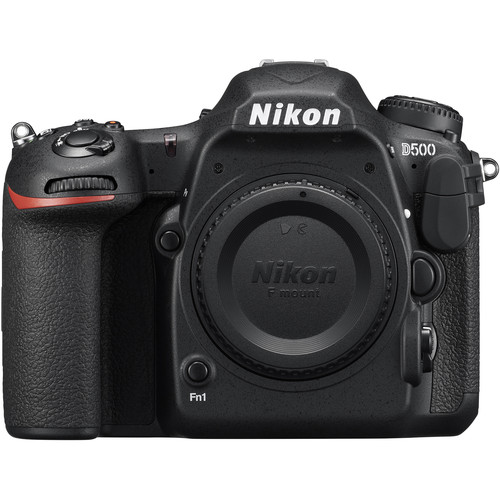 Few cameras have had a more loyal following than the Nikon D300 (and predecessor Nikon D200). For those who wanted a pro-quality Nikon without moving to the size and expense of full-frame, they represented an excellent combination of features at a reasonable price. However, as the years have gone by, the tech in those cameras has been left in the dust. Many owners have been forced to move either “down” to a more consumer-oriented, but newer, model like the , or up to a larger, more-expensive, model like the . No longer. I shot almost exclusively in Alaska for two weeks with a , and loved it. It is easy to hold, fun to use, and took photos that are as high quality as I’ve ever seen from a 21MP sensor.
Few cameras have had a more loyal following than the Nikon D300 (and predecessor Nikon D200). For those who wanted a pro-quality Nikon without moving to the size and expense of full-frame, they represented an excellent combination of features at a reasonable price. However, as the years have gone by, the tech in those cameras has been left in the dust. Many owners have been forced to move either “down” to a more consumer-oriented, but newer, model like the , or up to a larger, more-expensive, model like the . No longer. I shot almost exclusively in Alaska for two weeks with a , and loved it. It is easy to hold, fun to use, and took photos that are as high quality as I’ve ever seen from a 21MP sensor.
Submitted by David Cardinal on Wed, 04/13/2016 - 08:03
 I've spent a lot more time shooting with the new since my first look article, and the experience has reinforced my impressions -- both pro and con. On the pro side, the speed and image quality is really amazing. I covered multiple events at Nvidia's tech conference, in a variety of awful lighting conditions, and the camera performed flawlessly at ISOs up to 3200 (where I had Auto ISO set to top out). However, even after some customization of the interface, I found the controls inefficient, especially in dark rooms.
I've spent a lot more time shooting with the new since my first look article, and the experience has reinforced my impressions -- both pro and con. On the pro side, the speed and image quality is really amazing. I covered multiple events at Nvidia's tech conference, in a variety of awful lighting conditions, and the camera performed flawlessly at ISOs up to 3200 (where I had Auto ISO set to top out). However, even after some customization of the interface, I found the controls inefficient, especially in dark rooms.
Submitted by David Cardinal on Tue, 03/29/2016 - 10:30
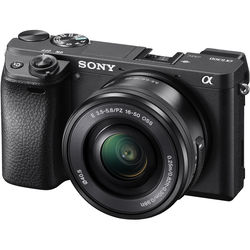 Almost every photographer I know wishes their camera was smaller and lighter. But of course they don’t want to give up speed or features. This is particularly true with those of us clinging to our DSLRs, but constantly eyeing the mirrorless category for new models, as they creep up on our larger cameras in capability. With the launch of its , yet another set of barriers to moving to mirrorless have come down. I’ve been shooting with one since its launch and while I’ll be doing a more-detailed review, I wanted to get my preliminary thoughts out.
Almost every photographer I know wishes their camera was smaller and lighter. But of course they don’t want to give up speed or features. This is particularly true with those of us clinging to our DSLRs, but constantly eyeing the mirrorless category for new models, as they creep up on our larger cameras in capability. With the launch of its , yet another set of barriers to moving to mirrorless have come down. I’ve been shooting with one since its launch and while I’ll be doing a more-detailed review, I wanted to get my preliminary thoughts out.
Submitted by David Cardinal on Thu, 02/04/2016 - 09:57
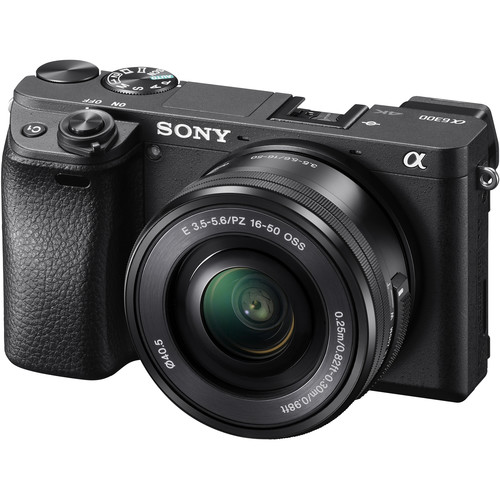 If you asked me to write down by dream specs for a mirrorless camera, they’d look a lot like those of the newly announced . It surpasses not just all similar Sony models, but all other compact-size mirrorless cameras on the market – in many cases by leaps and bounds. Let’s go over its breakthroughs…
If you asked me to write down by dream specs for a mirrorless camera, they’d look a lot like those of the newly announced . It surpasses not just all similar Sony models, but all other compact-size mirrorless cameras on the market – in many cases by leaps and bounds. Let’s go over its breakthroughs…
Submitted by David Cardinal on Mon, 01/11/2016 - 10:28
I got to shoot with both the new and at CES, and they are each amazing in their own way. For no-holds-barred shooting performance the ’s 14fps (12fps for up to 200 frames of RAW) and borderline-insane 3,000,000 ISO capability can’t be beat. But at over $6K and 3 pounds, with “only” 21MP of resolution, it certainly won’t be for everyone. It’s certainly the camera of choice for big-budget (and big backpack) wildlife and sports photographers, along with photojournalists who can deal with the size in exchange for unheard of low-light performance.
Submitted by David Cardinal on Thu, 10/08/2015 - 10:30
Using a unique combination of computational imaging to combine images from 16 small sensors, and lenses that use mirrors to achieve long focal lengths in a thin package, startup Light has announced and demonstrated a 52MP camera about the size of a smartphone that features a 35mm-150mm optical zoom. You can read more details about it in , and I’m eagerly awaiting the point in the process where there are real units for review. In the meantime, let us know your thoughts about whether you’re likely to buy one of these, either at the pre-order price of $1300 or the retail price of $1700 when it ships in late summer 2016. Will you miss the zoom and focus rings on your DSLR, or the optical viewfinder, or be so glad to get rid of the weight and bulk that you’ll gladly trade them for a touchscreen?
Submitted by David Cardinal on Wed, 04/29/2015 - 07:31
I was able to spend the morning recently with one of the most innovative startups in the camera market – Light. It is using an array of small sensors to mimic the performance and image quality you’d typically find in a much larger and more expensive package – like a DSLR. The technology spans optics, industrial design, electronics, and computer science. .
Submitted by David Cardinal on Mon, 03/02/2015 - 07:37
 For Nikon shooters looking to purchase or upgrade a DX-format DSLR (e.g. APS-C, or “crop” sensor), the new has plenty to offer. The camera features the powerful 51-point Multi-CAM 3500 II Autofocus module first introduced in the full-frame . The upgraded EXPEED 4 processor also allows for 6 fps shooting, and 100-shot JPEG bursts. NFC makes pairing the camera with a mobile device over WiFi a cinch (a welcome change from pecking at small screens!). Other nice upgrades include…
For Nikon shooters looking to purchase or upgrade a DX-format DSLR (e.g. APS-C, or “crop” sensor), the new has plenty to offer. The camera features the powerful 51-point Multi-CAM 3500 II Autofocus module first introduced in the full-frame . The upgraded EXPEED 4 processor also allows for 6 fps shooting, and 100-shot JPEG bursts. NFC makes pairing the camera with a mobile device over WiFi a cinch (a welcome change from pecking at small screens!). Other nice upgrades include…
Submitted by David Cardinal on Tue, 02/10/2015 - 07:01
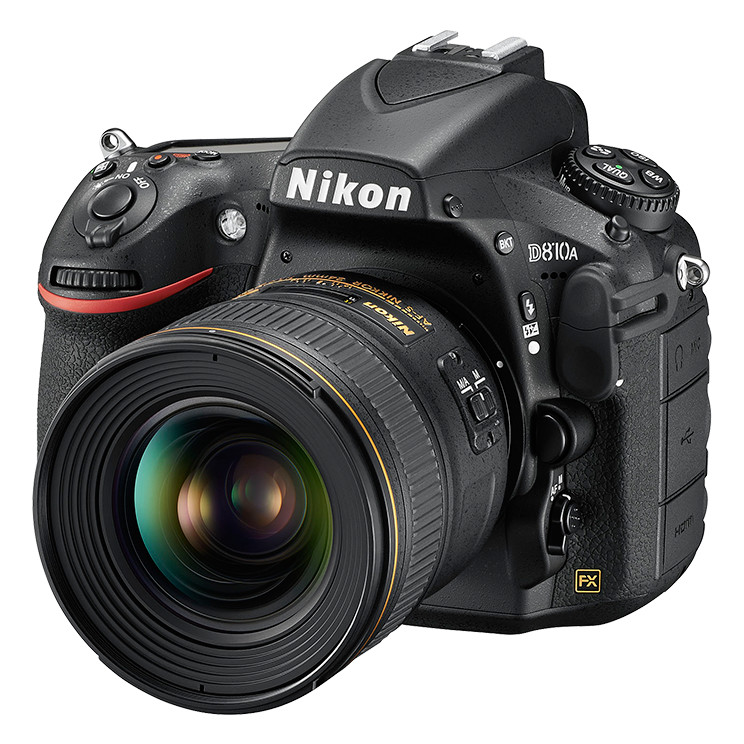 Nikon has announced a highly-specialized version of its popular DSLR, optimized for astrophotography – the . It is nearly identical to the D810, except for a few key upgrades that make it ideal for astronomers:
Nikon has announced a highly-specialized version of its popular DSLR, optimized for astrophotography – the . It is nearly identical to the D810, except for a few key upgrades that make it ideal for astronomers:
- Sensitive to H-alpha wavelengths (helpful for solar & nebulae photography)
- Enhanced Live View operation when long exposure times are used
- Additional information displayed in the Viewfinder to assist night time shooting
- Manual-mode shutter speeds extended to 900 seconds (in M* mode)
Submitted by David Cardinal on Wed, 01/28/2015 - 14:34
Pages

 When photographers discuss the pros and cons of various format cameras, the focus is often on image quality and optics. But especially for shooting any type of action – whether it is sports, people, or ceremonial events – ergonomics can be just as important. In particular, by having a properly set up DSLR or mirrorless (I use Nikon models like my
When photographers discuss the pros and cons of various format cameras, the focus is often on image quality and optics. But especially for shooting any type of action – whether it is sports, people, or ceremonial events – ergonomics can be just as important. In particular, by having a properly set up DSLR or mirrorless (I use Nikon models like my 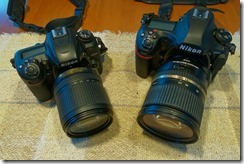
 The Nikon D850 is official. It may be the very best DSLR ever built. The $3300 price tag is a really-good deal given all the features it packs, including 45+MP, 7/9 fps, 4K video, 8K timelapse, focus peaking, and lots more:
The Nikon D850 is official. It may be the very best DSLR ever built. The $3300 price tag is a really-good deal given all the features it packs, including 45+MP, 7/9 fps, 4K video, 8K timelapse, focus peaking, and lots more:  Nikon has introduced a new model in its D7000 “prosumer” product line – the Nikon D7500. It features most of the headline features anyone could want in a sub-$1500 camera. In addition to 21MP DX-format sensor, it shoots at 8 fps, backed by an 51-point AF system, and can record 4K and time lapse video. Taking a page from consumer-friendly cameras, it has built-in Wi-Fi and Bluetooth connectivity and can be run from your smartphone. I’ve
Nikon has introduced a new model in its D7000 “prosumer” product line – the Nikon D7500. It features most of the headline features anyone could want in a sub-$1500 camera. In addition to 21MP DX-format sensor, it shoots at 8 fps, backed by an 51-point AF system, and can record 4K and time lapse video. Taking a page from consumer-friendly cameras, it has built-in Wi-Fi and Bluetooth connectivity and can be run from your smartphone. I’ve 
 In a major upgrade to its “mid-size” pro DSLR, Canon has pushed DSLR performance further with its new
In a major upgrade to its “mid-size” pro DSLR, Canon has pushed DSLR performance further with its new  Few cameras have had a more loyal following than the Nikon D300 (and predecessor Nikon D200). For those who wanted a pro-quality Nikon without moving to the size and expense of full-frame, they represented an excellent combination of features at a reasonable price. However, as the years have gone by, the tech in those cameras has been left in the dust. Many owners have been forced to move either “down” to a more consumer-oriented, but newer, model like the
Few cameras have had a more loyal following than the Nikon D300 (and predecessor Nikon D200). For those who wanted a pro-quality Nikon without moving to the size and expense of full-frame, they represented an excellent combination of features at a reasonable price. However, as the years have gone by, the tech in those cameras has been left in the dust. Many owners have been forced to move either “down” to a more consumer-oriented, but newer, model like the  I've spent a lot more time shooting with the new
I've spent a lot more time shooting with the new  Almost every photographer I know wishes their camera was smaller and lighter. But of course they don’t want to give up speed or features. This is particularly true with those of us clinging to our DSLRs, but constantly eyeing the mirrorless category for new models, as they creep up on our larger cameras in capability. With the launch of its
Almost every photographer I know wishes their camera was smaller and lighter. But of course they don’t want to give up speed or features. This is particularly true with those of us clinging to our DSLRs, but constantly eyeing the mirrorless category for new models, as they creep up on our larger cameras in capability. With the launch of its  If you asked me to write down by dream specs for a mirrorless camera, they’d look a lot like those of the newly announced
If you asked me to write down by dream specs for a mirrorless camera, they’d look a lot like those of the newly announced 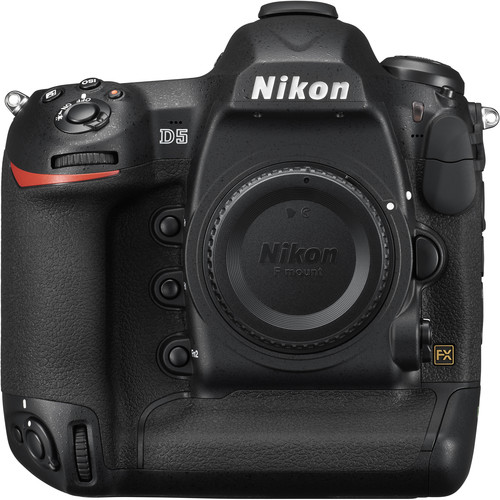
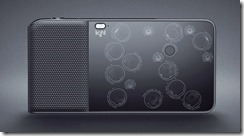
 For Nikon shooters looking to purchase or upgrade a DX-format DSLR (e.g. APS-C, or “crop” sensor), the new
For Nikon shooters looking to purchase or upgrade a DX-format DSLR (e.g. APS-C, or “crop” sensor), the new  Nikon has announced a highly-specialized version of its popular
Nikon has announced a highly-specialized version of its popular 